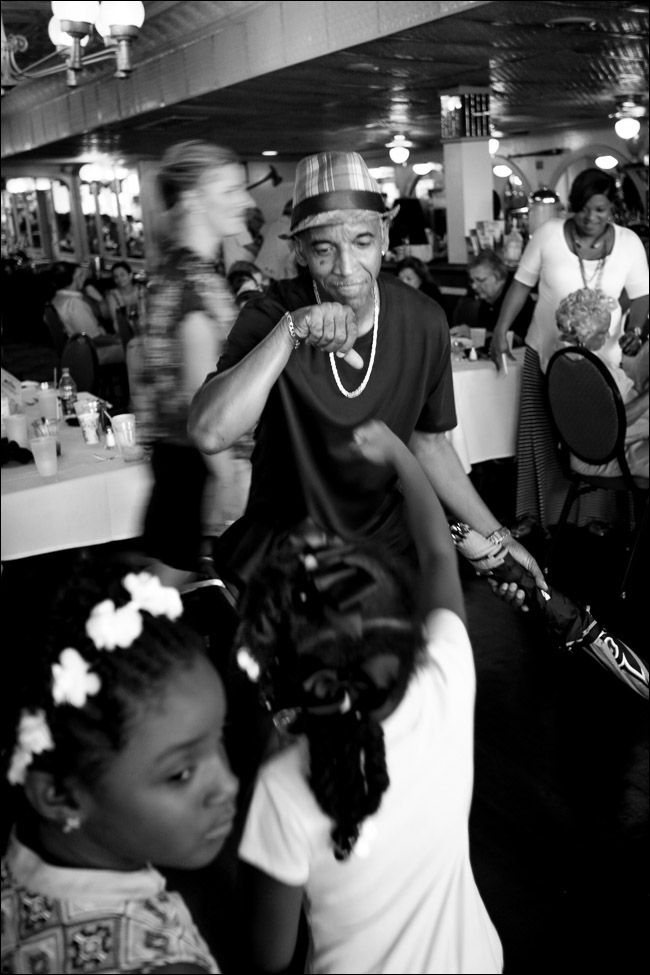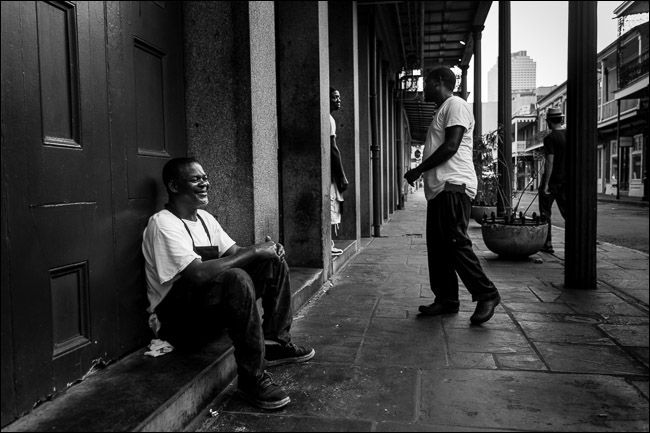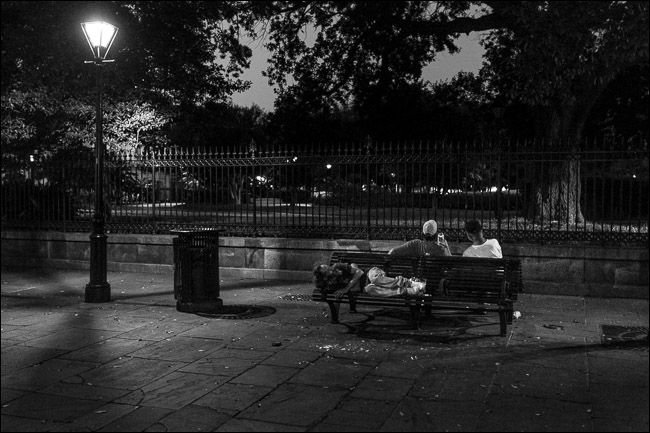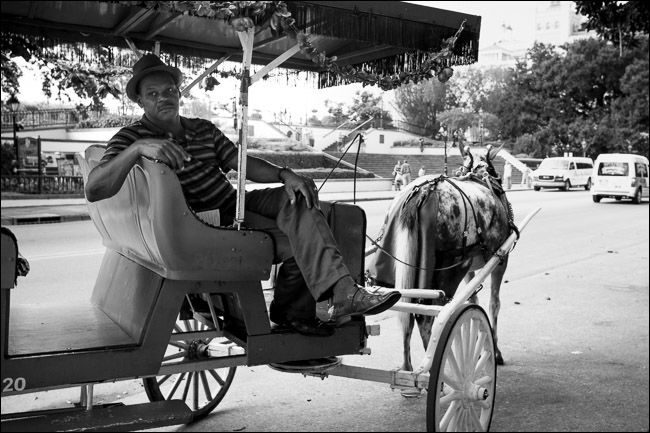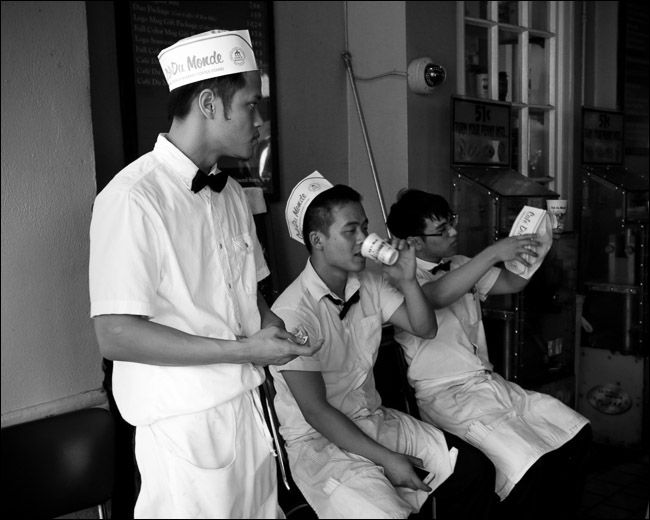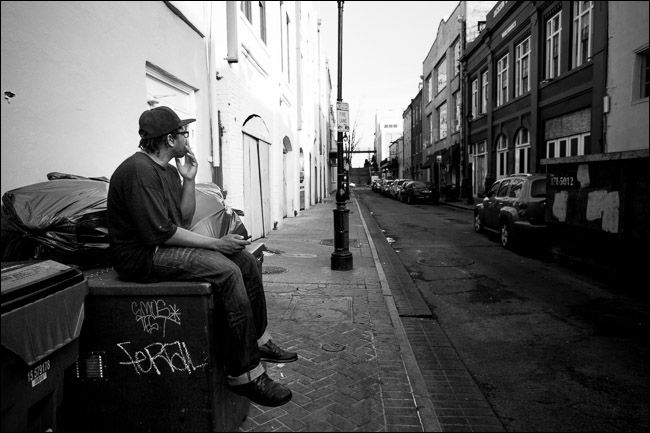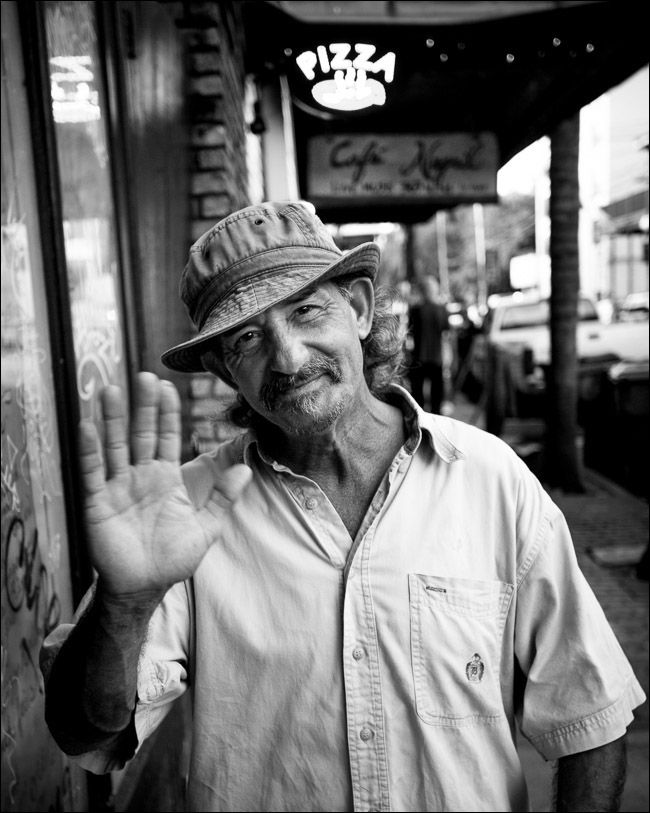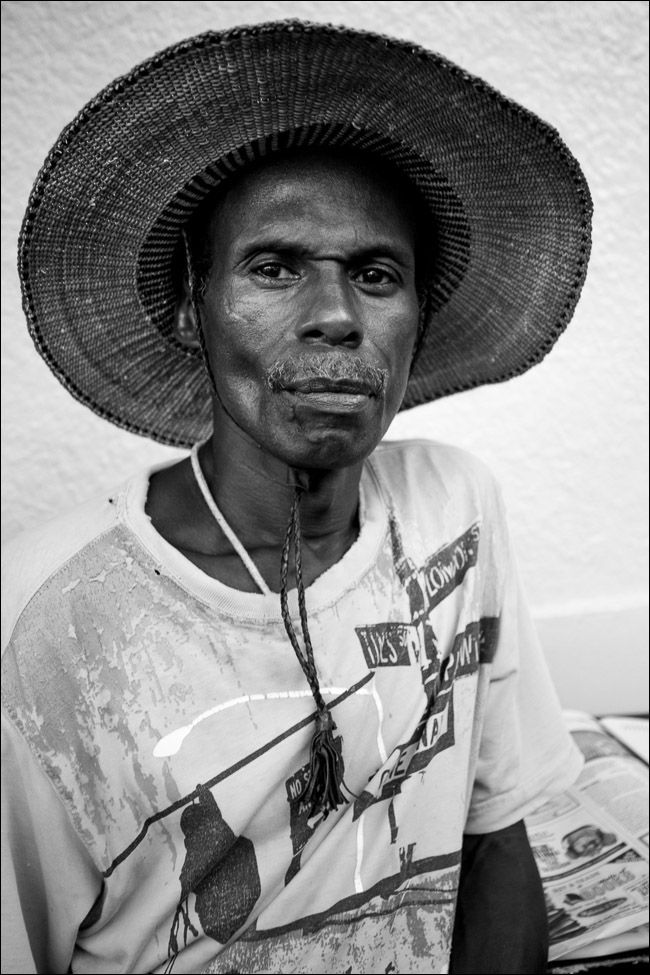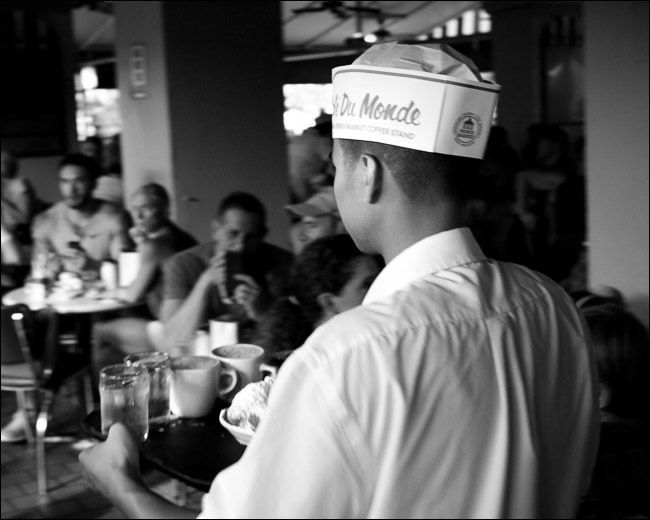Whether you want to document a family holiday or aspire to shoot for National Geographic, there are some simple things you can do to take better travel photos.
What Makes a Good Travel Photo
A good travel photo is about a place or event, or even a small aspect of a place or event like the people or the food. It captures the feeling the photographer had when they were there. Maybe it captures the history of a city, the tranquility of an almost deserted island, some tiny detail that’s exclusive to the area where you are, or even just your friends and family relaxed and having fun.
Travel photography is a really broad style. When you shoot, you might be combining elements of portraiture, landscape photography, street photography, sports photography and many other disciplines. The best travel photos rarely stand on their own, they’re normally part of a small series of related images. All the photos in this article come from a trip I made to New Orleans.
The Technical Stuff
Travel photography is often unpredictable. You’re walking around a new city, camera in hand, and something happens. Some combination of light and subject create a wonderful moment you need to capture. Your camera needs to be ready for this.
First, you need to select an appropriate lens. Although a telephoto lens can take great sports photos and portraits, it’s unwieldy for travel photography. You need something with a wider angle. The traditional focal length for this kind of photography is 35mm on a full frame camera (about 22mm on a APS-C camera), although anything between about 16mm and 50mm can work. Fortunately, the kit lens that comes with most cameras covers a lot of this range and smartphone cameras generally have the equivalent of a 35mm prime, so there’re no excuses for not having the right gear.
For the camera settings, we once again turn to the always reliable aperture priority mode. Arthur “Weegee” Fellig famously said---at least supposedly---that the secret to good street photography was “f/8 and be there.” In other words, if your aperture is set to f/8, all that’s required from you is to be in the right location to press the shutter button and you’ll capture almost any moment. It’s just up to you to find the moments and locations worth capturing.
With that in mind, set your aperture to f/8, turn on autofocus, and set your ISO to around 400 (this guarantees a fast enough shutter speed for any daylight shoots).
If you’re working in low light you’ll need to compromise on these settings a bit. Check out our guides on taking good photos at night and taking good sunset photos. Find the balance between the three guides that works best for your situation.
Other Tips and Tricks
There are two main kinds of travel photography: the type where you wander around experiencing the location, taking photos as you go, and the type where you go out with a specific shot, or series of shots in mind. Neither is inherently better, and you should switch between them. Spend your first day or two wandering aimlessly, and once you’ve got the lay of the land and found a shot or two you want to take, go out and do it.
You can also scout locations in advance. Use things like Flickr, Google Maps, and Instagram to work out where there are good photos to be had. Just be careful about capturing the same images as everyone else. You need to put your own unique spin on things if you want your images to stand out.
Even when you’re on your wanderings, one of the best ways to get great travel photos is to find an awesome location and just wait for something to happen. Maybe someone will wander by doing something interesting, or perhaps a dog will run through the scene. Whatever happens, if you’ve got a great location, you should be able to take a great image.
As I mentioned earlier, good travel photos rarely stand on their own---they’re part of a series. Don’t try and capture the one perfect photo; instead, use it as an opportunity to create eight or ten or thirty related photos that stand together to fully capture the spirit of a place.
Weegee’s “f/8 and be there” is a really powerful rule for a lot of different styles of photography, but you should always be willing to break it. If you need a faster shutter speed or shallow depth of field for a portrait, widen your aperture up to f/3.5 or f/1.8. If you want more depth of field, tighten it down to f/16. Great travel photographers are able to adapt on the go.
One major concern with travel photography is weight. It’s tiring to lug around a heavy camera, four lenses and a tripod. If all your camera gear won’t fit in your carry-on baggage, it could get damaged in the cargo hold if you’re flying to your location. You should travel as light as possible. Any time I’m going somewhere with my camera, I bring two lenses: a Canon 17-40 f/4L for almost everything and a Canon 85mm f/1.8 for portraits and sports. In truth, the 17-40 rarely ever leaves my camera. Find a lens that works for you and just stick with it. It might be a 24-70 or even a 35mm prime lens, but travel photography is much easier if you’re not fussing about changing lenses.
Robert Capa, a Hungarian war photographer who landed with the first wave on Omaha Beach, claimed that, “if your pictures aren’t good enough, you’re not close enough.” When you’re taking travel photos, you should be in the thick of things, experiencing them. Standing back, shooting from afar doesn’t work. It’s one of the main reasons I use such a wide lens: it lets me get really close. If your images just aren’t working, try going with a wider lens and getting more involved with what’s going on.
If you’re documenting the same group of people—like your family or friends—for an entire trip, get your camera out early and keep it out. After a couple of hours of you constantly shooting, they’ll be so used to the camera that they won’t even think about it. This is when you’ll get your most natural travel photos. Candid photos work so much better than staged ones.
Travel photography covers a lot, from dedicated photo trips to far off cities to family vacations to a near by beach. Whatever the situation, the keys to great photos remain the same: be a part of things, and be ready for anything.


